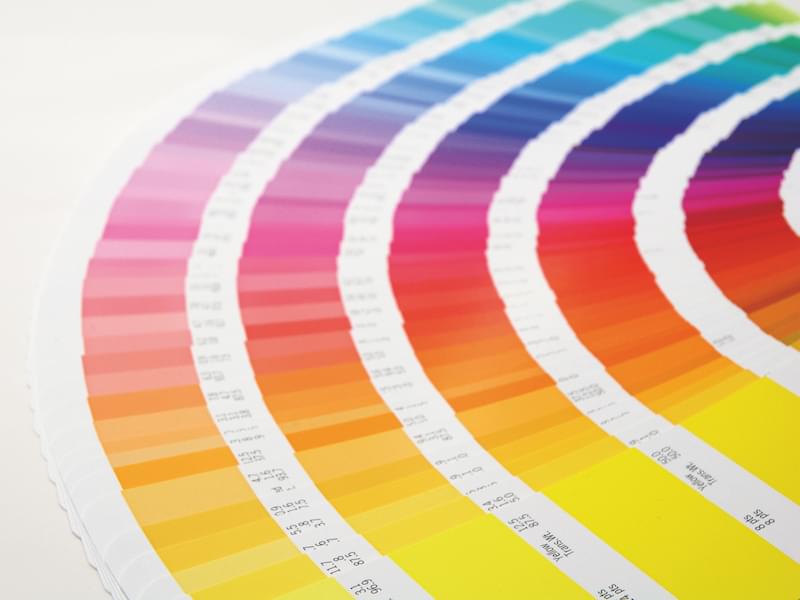LEATHERHEAD, Surrey, UK and AKRON, Ohio, USA – March 1, 2022 – The market for organic, inorganic and special-effect high-performance pigments (including metallic and pearlescent products) is facing a pivotal year. According to new research from Smithers published in
The Future of High-performance Pigments to 2027 in 2022 global consumption will reach 241,344 tonnes; worth a projected $7.33 billion.
Smithers’ analysis tracks the market for 17 different pigment types. The sector is still in a phase of recovery, and to a lesser extent restructuring. Volume demand for high-performance pigments fell by -9% during 2020, while value demand fell -10%; as many businesses were closed for long periods, and consumer buying patterns were restricted and reduced.
As many end-use segments plot their recovery trajectories volume demand is now set to reach and exceed pre-pandemic levels by 2023. Future market expansion across 2022-2027 will continue at a compound annual growth rate (CAGR) of +2.6% by volume, and +3.3% by value. This will create a global market demand of 274,600 tonnes, worth $8.61 billion in 2027 (at constant prices). This recovering demand will be spread evenly across organic, inorganic and special effect pigments; reversing the situation pre-Covid where special effect demand was sluggish, and inorganic products enjoyed the fastest growth.
New realities are evident in the 2022 market, which will endure across the next five years. The leading end-uses – coatings (47.3% of the market by value in 2022) and plastics (27.6%) – have moderate growth forecasts. These will account for the majority of new sales through to 2027, although demand will increase faster in smaller markets – specifically electronics, textiles, and cosmetics. Printing inks have the worst outlook, mainly due to diminishing demand for graphics and publication print, as lockdown and social distancing have transformed advertising and communication channels.
Pricing considerations will continue to be a major concern for the segment. Not only are raw material and delivery charges rising post-Covid; but established pigment manufacturers continue to face competition from Chinese and Indian producers extending their reach into higher value pigment types. For end-users lower prices will naturally be welcomed, but sourcing and supply chain transparency are increasingly important as corporate goals focus on sustainable and ethical sourcing of ingredients.
There are multiple technical priorities profiled in Smithers’ report that will enable established high performance pigment producers to defend their market and retain profitability. At a top level customers are calling for:
- Higher chroma products to deliver brighter, cleaner colours
- Improved dispersiblity for use in high-speed mixers
- Better colour strength to allow the same impact to be created with lower pigment loads.
The leading fields for R&D work are to develop and commercialise nano-pigments and smart pigments, such as IR reflective grades.
Sustainability concerns are stimulating more interest in bio-based pigments, with enzymatic fermentation, algae, and fruit and vegetables all being actively investigated as sources for these.
The main regulatory change that will influence the market in the short term is the EU reclassification of titanium dioxide (TiO
2) as a category 2 carcinogen, restricting its use in some applications. Furthermore concerns about exposure to fine dust particles in industrial production may act as a regulatory brake on the development of other nano-pigments in Europe.
The Future of High-performance Pigments to 2027 draws on expert technical analysis to deliver comprehensive data forecasts (by value and volume) for 17 grades of high-performance pigment types. This is presented in a dataset with over 100 tables and figures, further segmented, by pigment class, end-use application, and 27 leading regional and national markets.
